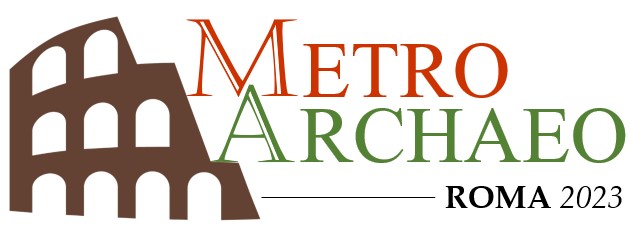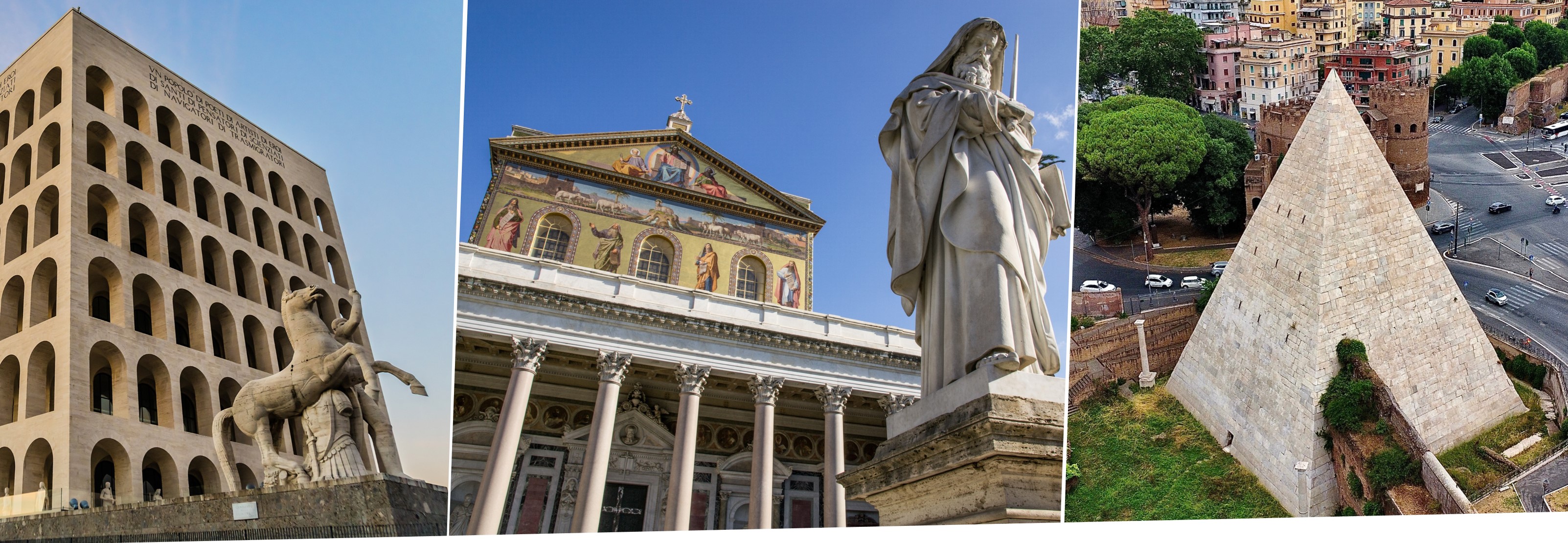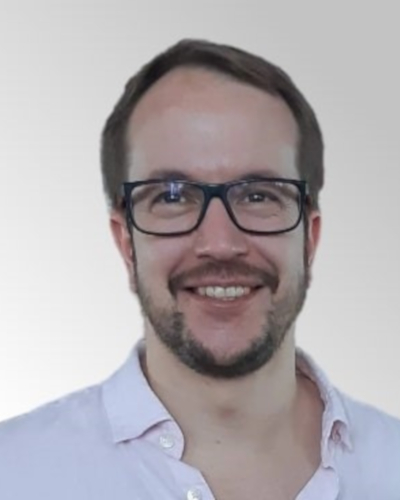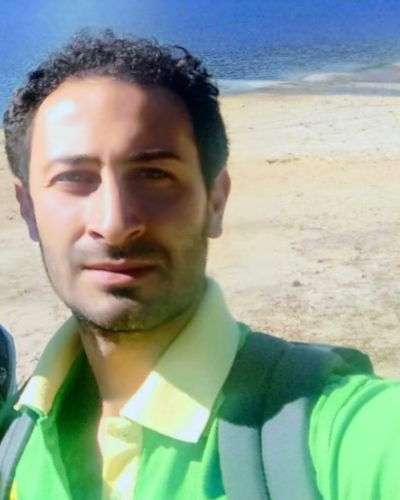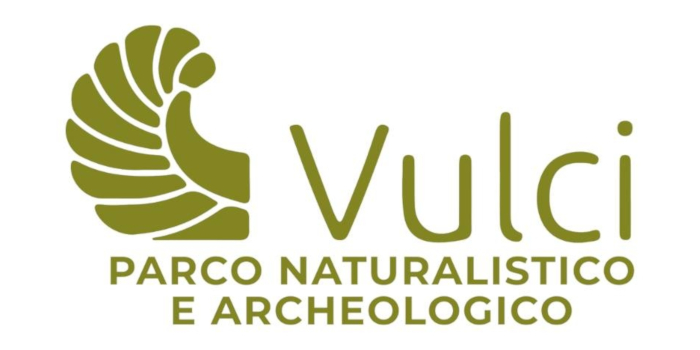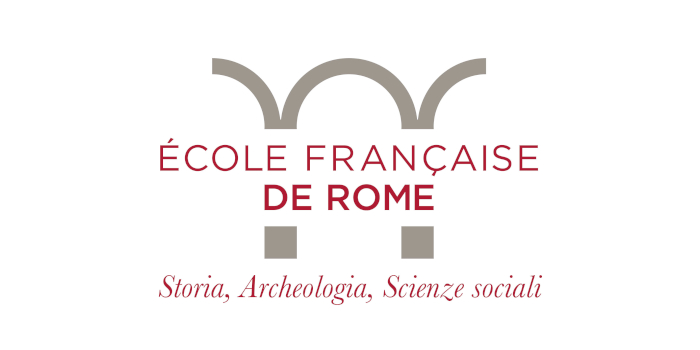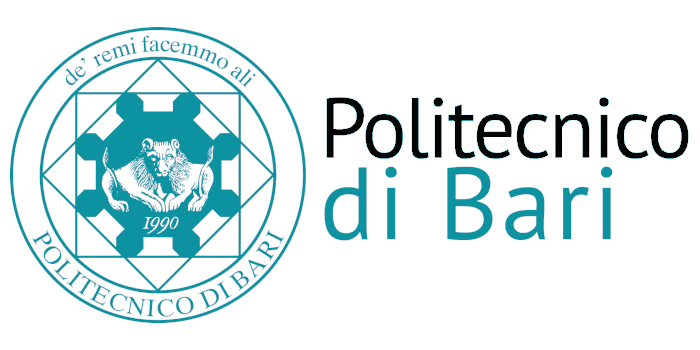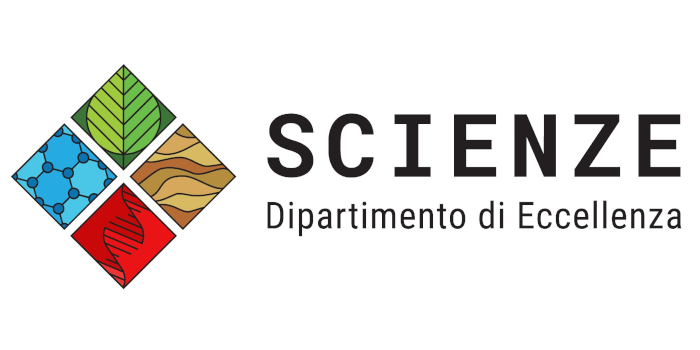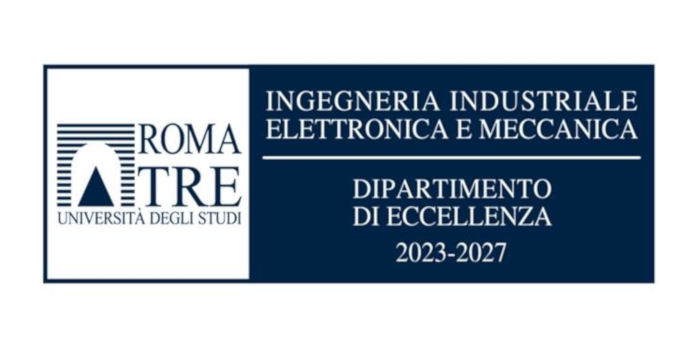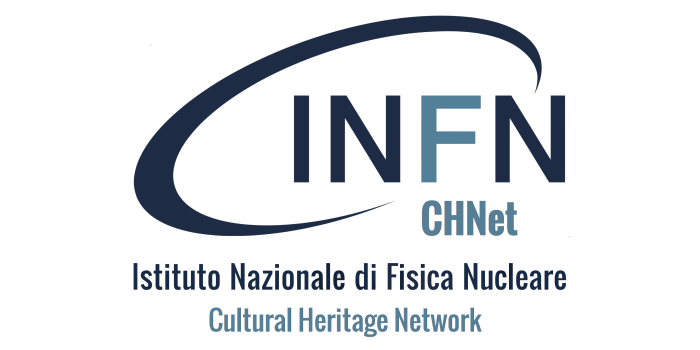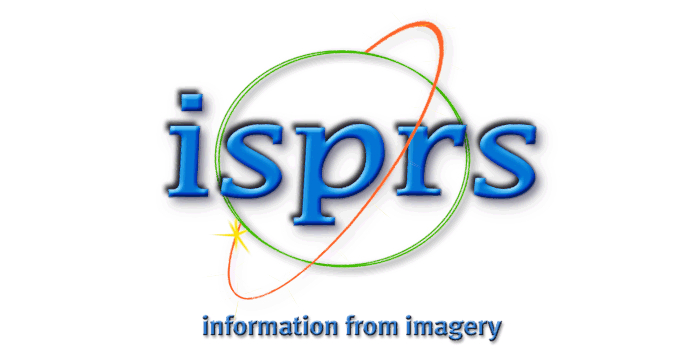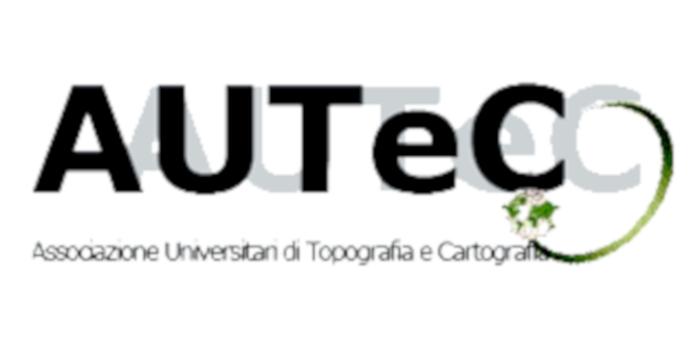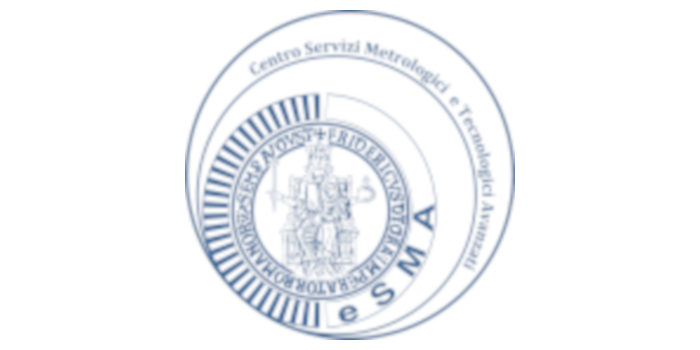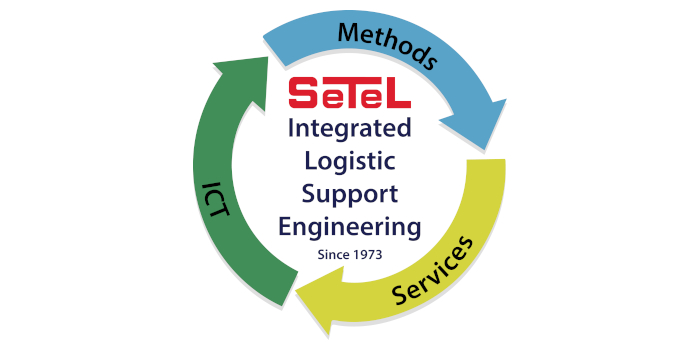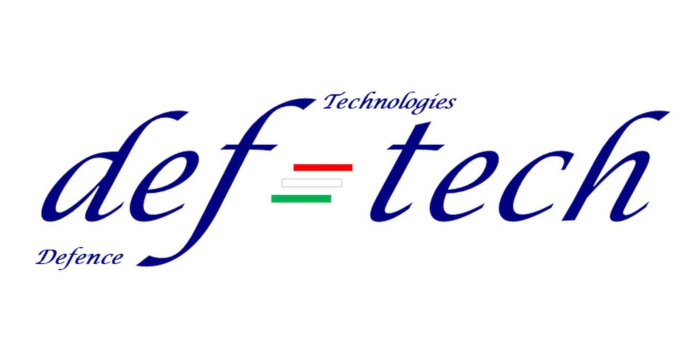SPECIAL SESSION #31
Terahertz, millimeter wave and optical techniques applied to cultural heritage
ORGANIZED BY
Alexandre Locquet
International Research Lab 2958 GeorgiaTech - CNRS, France
Manuel Greco
Roma Tre University, Italy
Shi Haolian
International Research Lab 2958 GeorgiaTech - CNRS, France
ABSTRACT
In recent years, strong interest has developed in terahertz (THz) radiation, which appears to be a powerful investigative tool in various fields of application, including cultural heritage diagnostics.
The penetrative ability of terahertz radiation can be exploited in surface and sub-surface imaging and spectroscopy applications, including the analysis of sub-surface layers and to detect hidden paintings, defects or structural detachments. Another distinctive feature of THz radiation is its high sensitivity to the presence of water; this allows for the detection of water damage to certain works, such as in mosaics and frescoes.
Terahertz-based imaging benefits from additional input provided by other electromagnetic nondestructive techniques which lie above or below it in the frequency spectrum. This session also welcomes submissions on the use of microwaves, millimeter waves, and optical techniques, as well on the fusion of images and information coming from different techniques.
MAIN TOPICS
Topics include, but are not limited to, applications of the below techniques to the cultural heritage diagnostics:
- THz imaging;
- THz spectroscopy;
- Millimetre-wave and microwave techniques;
- Optical techniques, including multi- and hyper-spectral imaging;
- Fusion of some of the above techniques.
ABOUT THE ORGANIZERS
Alexandre Locquet received the engineering degree from the Faculté Polytechnique de Mons (Belgium), in 2000, the doctorat en sciences de l’ingénieur from the Université de Franche-Comté (France), in 2004, and the Ph.D. degree in electrical and computer engineering from the Georgia Institute of Technology, Atlanta, GA, USA, in 2005. He is a CNRS Research Scientist, an Instructor at Georgia Tech Lorraine, the European campus of Georgia Tech and an adjunct Professor with Georgia Tech’s School of Electrical and Computer Engineering. He has a broad research interests including nondestructive evaluation and testing based on THz waves as well as the nonlinear dynamics of optical and electronic systems and their applications to information processing and neuro-inspired computing.
In the field of THz NDE, Alexandre has contributed to the implementation of signal processing techniques that have improved the axial resolution and dynamic range of THz images. In particular, one of these techniques has proven successful in revealing the stratigraphy of a XVIIth century easel painting by il Sassoferrato.
Alexandre has authored or coauthored more than 60 journal publications. He is a Member of IEEE Eta kappa Nu, the Photonics Society of IEEE, and the Optical Society of America.
Manuel Greco received his Master's degree in Applied Sciences and Technologies for Cultural Heritage at the University of Rome “La Sapienza” in 2017. The focus of the thesis was to detect water infiltrations under mosaic and fresco samples using a 97 GHz THz imaging scanner.
In 2018, he obtained a professional internship at the diagnostic laboratories of the Vatican Museums working on ion chromatography on plaster samples from the Sistine Chapel and the Vatican Apostolic Library.
In 2021, he won an industrial PhD at Roma Tre University which has precision agriculture as its theme. In detail, techniques operating in the THz frequency coupled with the unsupervised neural network or Self-Organising Map (SOM) are being applied to hazelnut quality control selection.
Haolian Shi Received the bachelor’s degree in physics from China University of Mining and Technology, Jiangsu Province, China in 2020. He is currently working toward the Ph. D degree in Georgia Institute of Technology. His research interests include terahertz imaging and spectroscopy, nondestructive testing, material characterization, and machine learning.
